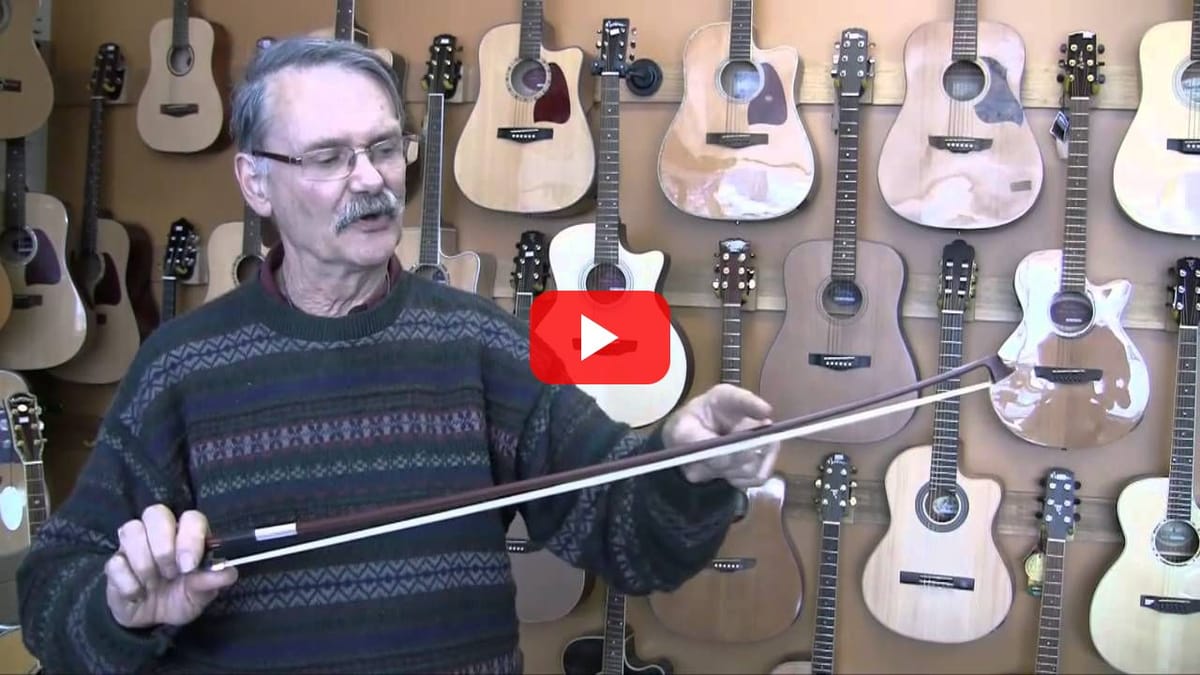Bow Selection: Expert Insights on Finding Your Next Bow
Discover what makes a pro-grade bow shine and how to choose the perfect student-grade bow for your child (or yourself!). Don't miss this fascinating journey as our favourite violin luthier John Ferwerda shares his insider knowledge on balance, weight distribution, material quality and more.

Get ready to learn about the fascinating world of bows! In today's conversation, John shares his expertise on the art of selecting and using professional and student-grade bows.
We start with commercial bows that can have a price range from $100 to $2,000. Then, we dive into the history of traditional bow-making, showcasing a stunning gold-mounted tortoiseshell bow made before World War II. This exquisite piece features a unique serial number and is valued at up to $12,000.
John explains that professional bows require careful consideration, as different players have distinct preferences when it comes to weight, balance and response. For example, some musicians prefer heavy bows for their expressive capabilities, while others opt for lighter ones for precision.
The conversation then shifts to student-grade bows, which are designed specifically for smaller hands and less experienced players. John emphasizes the importance of choosing a bow that is slightly lighter in weight, as children need to develop their technique without struggling with an overly heavy instrument.
As we explore the world of bows, John highlights several key factors to consider when selecting a professional or student-grade bow:
- Balance: A well-balanced bow allows for smooth playing and responsiveness.
- Weight distribution: The way the weight is distributed along the length of the bow affects its overall performance.
- Material quality: High-quality materials like tortoiseshell, horn or fossil can make a significant difference in sound quality.
- Craftsmanship: Handmade bows require precision and attention to detail, which can result in exceptional performance.
John also shares his expertise on what to avoid when choosing a bow for your child:
- Avoid overly heavy bows that might intimidate or overwhelm the student.
- Look for bows with a smooth, even balance point that allows for easy playing.
- Pay attention to the tip of the bow, as this affects the overall response and sound quality.
As we wrap up our conversation, John emphasizes the importance of considering the bow's properties when choosing one for yourself or your child. With his guidance, you'll be well-equipped to navigate the world of bows and find the perfect one for your needs.
What's been your experience with bows?
Do you have a favourite type of bow or a particular challenge you've faced? Share your thoughts and questions in the comments below and let's continue the conversation!
